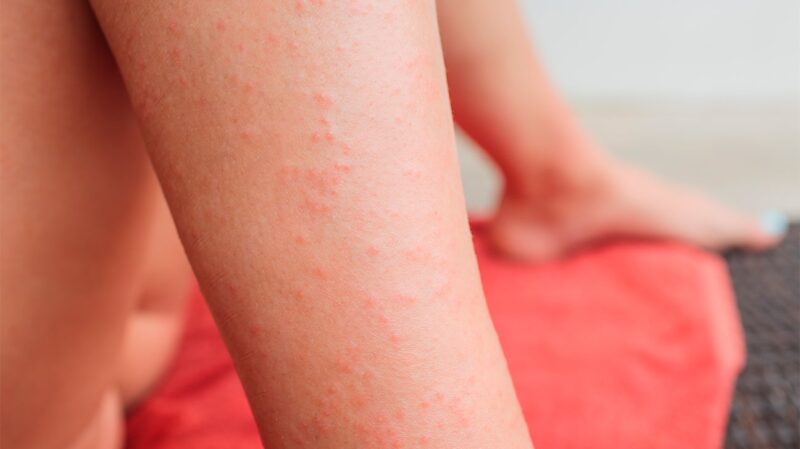Gluten sensitivity, often referred to as non-celiac gluten sensitivity (NCGS), is a condition that can affect people of all ages, including children. While it’s not as well-understood as celiac disease, which is an autoimmune disorder triggered by gluten, NCGS can still cause significant discomfort and health issues in children.
In this article, we will explore the signs and symptoms of gluten sensitivity in children and discuss possible solutions for managing this condition.
Understanding Gluten Sensitivity in Children
Wheat, barley, and rye are all sources of protein known as gluten, which is a staple in many dishes. Consuming it can cause both digestive and non-digestive problems in kids who are sensitive.
Sensitivity is more difficult to detect than celiac disease because it does not entail an immune reaction that damages the small intestine.
When parents suspect gluten sensitivity in their children, consulting a healthcare provider is crucial for proper evaluation, which may include a gluten intolerance test to help confirm the diagnosis.
Signs and Symptoms

- Digestive Distress: Children with sensitivity may experience abdominal pain, bloating, diarrhea, or constipation after consuming gluten-containing foods.
- Nausea and Vomiting: Some children may develop nausea and vomiting in response to ingestion.
- Fatigue: Chronic fatigue can be a common symptom of sensitivity in children, which can impact their overall well-being and ability to engage in daily activities.
- Headaches: Recurrent headaches and migraines are often reported by children with NCGS.
- Joint Pain: Joint pain or inflammation can occur as a result of this sensitivity, although it is less common in children compared to adults.
- Mood Changes: Irritability, mood swings, and even symptoms of depression or anxiety may be observed in children with sensitivity.
- Skin Issues: Skin rashes, eczema, or hives can also be triggered by consumption in some children.
Diagnosis and Solutions

Diagnosing gluten sensitivity in children can be challenging because there are no specific tests to confirm the condition. It often involves a process of exclusion, where other potential causes of symptoms are ruled out, and symptoms improve upon adopting a gluten-free diet.
- Consult a Healthcare Provider: If you suspect that your child is sensitive to it, it’s important to consult a healthcare provider who can conduct tests to rule out celiac disease and other conditions.
- Adopt a Gluten-Free Diet: The primary treatment for gluten sensitivity is the elimination of gluten from the diet. This means avoiding foods like bread, pasta, and baked goods that contain wheat, barley, or rye.
- Monitor Symptoms: Keep a diary of your child’s symptoms and their response to a diet. This can help identify triggers and track improvements over time.
- Seek Nutritional Guidance: It’s essential to ensure your child receives a well-balanced, gluten-free diet that provides all the necessary nutrients. Consult with a registered dietitian for guidance.
- Support and Education: Joining support groups or seeking educational resources on gluten sensitivity can be beneficial for both parents and children dealing with this condition.
Conclusion

In conclusion, gluten sensitivity in children can present a range of symptoms, both digestive and non-digestive. While it may not be as well-defined as celiac disease, it’s essential for parents and healthcare providers to be aware of its potential presence and take appropriate steps to manage symptoms through a gluten-free diet and professional guidance.
Remember, early diagnosis and intervention can greatly improve the quality of life for children with gluten sensitivity.

